Field Day Mission Goals
1. Get some of my field radio sets off the shelf and into operation.
2.Experiment with 300 ohm line Vs 600 ohm and a random length (approx. 100 feet) center fed antenna.
3. Compare different Antenna Matching systems into the balun/100 foot antenna system.
4. Compare antenna current and compare to field strength vs. reflected vs. radio power meter indications vs. set current consumption Vs receiver noise level Vs sunspots Vs witchcraft etc.
4. Evaluate a DDS VFO with digitial dial under contest conditions with rapid QSY with different sets.
5. Set up additional
solar panels and evaluate total power.
6. Make "Natural Power" contacts
using solar power and hand crank gen set.
7. Check into the Moose and Squirrel Net using field day equipment.
I
keep a couple of fish reel antennas AT-984A/G handy. The "rope"
wire is excellent for temporary antennas.
My twin lead/open wire line "grabber". Tough lexan and 8/32 hardware and knurled nuts. Shown is the 300 ohm twin lead but due to the small wire size of the twin lead I soldered on flexible leads. Later I changed to larger 450 ohm open wire line. No difference was noted. The 300 ohm lead is a lot lighter and easier to store and transport. Thanks Al.

This all most looks like a Rube Goldberg depiction. I used the SGC-715 at the beginning of the contest. I modified the set and installed a CW jack in the rear. The battery case has been removed in order to facilitate cooling.
One of my home-brew matching units that was evaluated The small meter in the upper right monitors antenna current on the output of the device just before the SO-239. Note that there are two input connectors in parallel for rapid switching between PL-259 and BNC. We all monitor SWR etc. on the input of the antenna tuner but rarely do we monitor the actual output.
Andrew Balun found at a surplus yard in Baltimore.
Look familiar Tom?
Antenna current using an old meter as an indicator that is large and easy to read for the seeing impaired .
An interesting Field Day phenomena, each time I tuned up for 10 or 15 seconds with a constant carrier on 80 meters - - - I could hear an automobile alarm go off about a klick away.

A
good setup. The ME-61 Monitors Field Strength(has external antenna) and
I monitor "relative" current leaving the balun into the antenna.
Walt Maxwell W2DU would be proud.
There was not one instance where tuning for min reflected on the input to the antenna matching device that resulted in maximum output current. The reasons for this are numerous. So I tuned for maximum current and field strength which in all cases the peaking of one resulted in a simultaneous peak in the other.
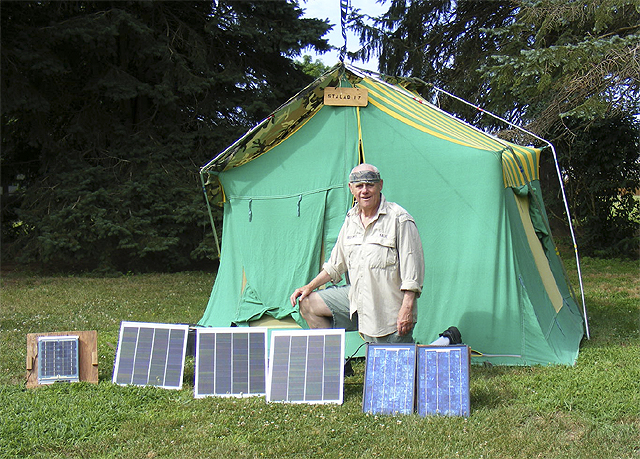
A
hodge podge of solar panels picked up at ham fests. The small one was
very expensive when purchased many years ago at Dayton.
A bank of hamfest computer capacitors used for "temporary" storage. The total capacitance value? I don't know but it is thousands of uF. I can disconnect the solar panels and run a typical receiver for 10 or 15 seconds off of the energy stored in the caps. The battery is charged during the day and easily makes it through the night.
My solar power panel monitor and distribution center. Toggle switch on the left allows me to isolate the panels and or battery and just use hand crank generator power.
One
of my favorite sets the Southcom SC-120 with a N3ZI DDS vfo for frequency
control.
I made a audio/key adapter for the SC-120.
Night
ops with the PRC-71 and the DDS vfo. The transceiver has been removed
from its case for cooling and to have access to the crystal socket. For
24 volt power I simply put a gel cell in series with the main station
DC power.
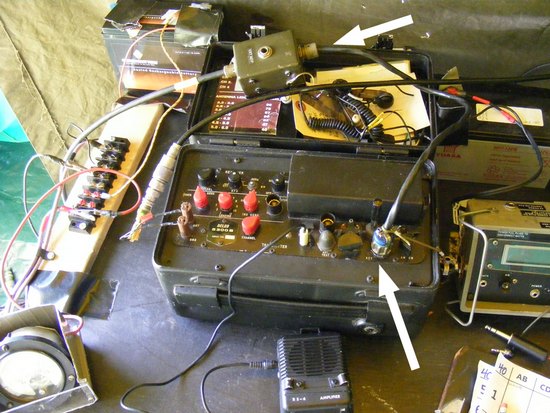
My Baltimore hamfest Delco 5300, picked up with out an enclosure (box) but purchased at ham fest prices -cheap- and I stuffed it into a surplus box. The 24 volt external power adapter indicated by arrows is for either external hand crank generator or battery power. In this photo I again have placed a 12 volt battery in series with the solar panel system to arrive at 24-28 volts.
While I was designing the power adapter which uses the accessory connector on the Delco 5300 I also added an "external" key jack for CW.
A reminder to switch over from receiver battery power when using hand crank generator.
.
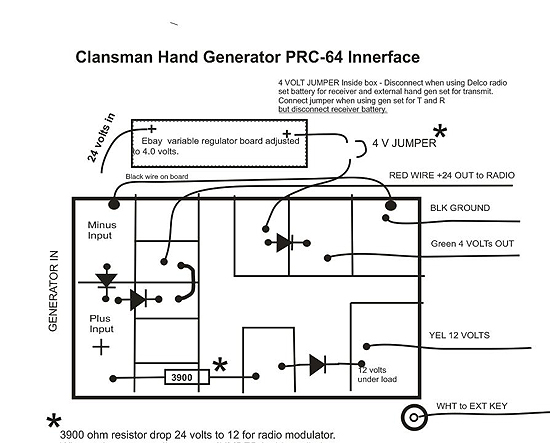
Some details of the 24 volt external power adapter.
Don't ask.
I don't waste time or money on Power Pole or similar connectors and just simply use an old fashion barrier strip. Works every time and in a pinch you can always just strip the end of the wire and place it under a screw. Large meter monitors the 'buss" voltage.
Don't be a wimp and use real duct tape.
The DDS VFO and the SA-200 are an excellent match.
SA-200 Video
The problem with a contest is that as
the contest progresses and you fill up 1 or 2 log sheets you may attempt
to work a station twice or a station tries to work you several times.
When you work those contest professionals twice all you get it B 4 B4
B4 to tell you that you have worked them previously. I use a simple manual
dupe sheet. My biggest handicap when operating from Chickenland is that
when I send my ARRL section no one can figure out my section abbreviation
DE.
http://www.arrl.org/contest-sections-list
Example: WA2EQF is in the "2" row and under EF. W2GSB is in the 2 row and under GH. Basically my "dupe" sheet follows the old ARRL contest format. Its a lot faster than trying to scan your log sheets.
A great set, the TRC-77.
Click here for Video.
I
evaluated the CU-1696 tuner and it worked well into the balun, a jury
rigged SO-239 is on the output. More info can be found here:
The Collins 180S-1 won the tuner contest. 2nd place was my home made tuner with the roller inductor. The Collins tuner was about 10 percent more efficient than anything else due primarily to low loss components. The figure of 10 percent was arrived by making relative current measurements.
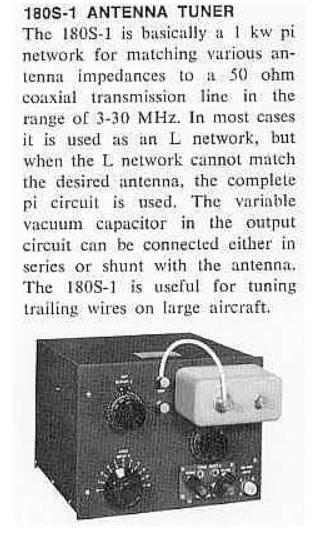
radioing.com photo
2nd place Tuner. Low loss components and heavy wiring. The knurled nuts allow a change in tuner configuration.
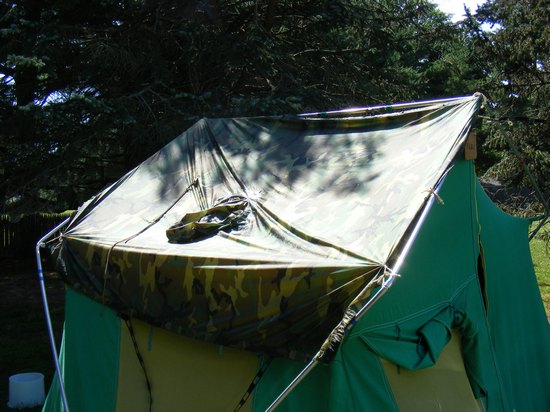
The Camo Poncho was added to the roof in case of drones.
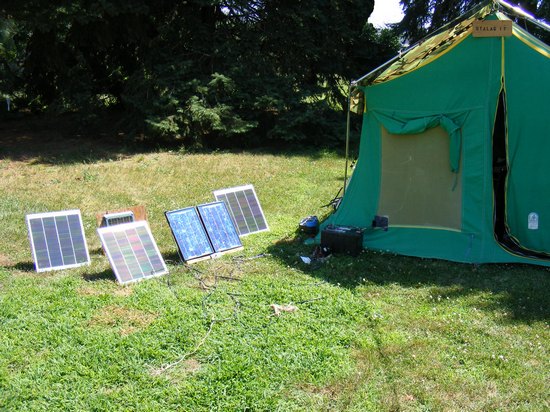
Each
solar panel can be moved individually as the day progresses then as the
night arrives you can easily forget their exact placement.
Radio Operations for the weekend.
A special thank you to my sweetheart, who has more patience and understanding than anyone on this planet. Louise first met me as I was strolling down Slashes Rd in Lexington Kentucky wearing headphones and talking into a T-17 mic which was connected to a single tube 2 two meter transciever using a 3A5 tube and batteries.